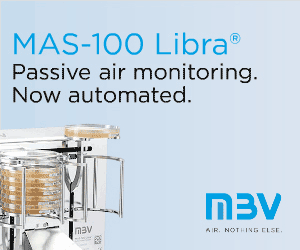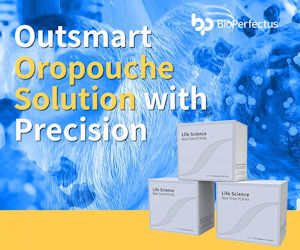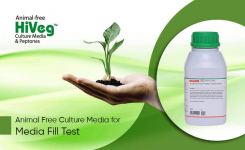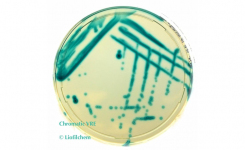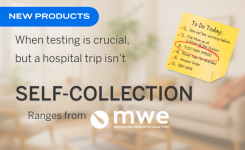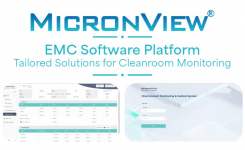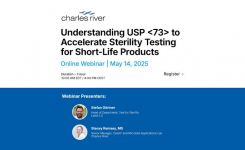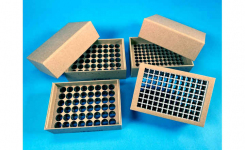Key Points
- MFT is an aseptic production run using sterile culture media designed to assess contamination risk of that process
- culture media specifically designed for media fill trials are available
 Sterilization is an absolute term, and microbiologists strive to achieve this state in much of the preparation work that they do through various processes usually involving heat, toxic gases or irradiation. Where the absolute condition cannot be achieved without product degradation, qualified working definitions apply; the regulation of pharmaceutical manufacture allows for the absence of viable microorganisms in aseptic filling processes.
Sterilization is an absolute term, and microbiologists strive to achieve this state in much of the preparation work that they do through various processes usually involving heat, toxic gases or irradiation. Where the absolute condition cannot be achieved without product degradation, qualified working definitions apply; the regulation of pharmaceutical manufacture allows for the absence of viable microorganisms in aseptic filling processes.
Clearly, the challenge is to design such processes to eliminate the risk of contamination. Media fill trials as process simulations are not new, but the emphasis is evolving away from just the trial result to include process design and risk analysis. All regulatory frameworks now advocate risk based management and an integrated quality system approach to drug manufacture.
By adopting a more holistic approach to aseptic processing, rather than strict adherence to guidance documentation, factors such as environmental awareness, and the role of staff training serve to complete a picture that will contribute to control and ultimately eliminate the risk of product and patient compromise.
Process simulation
Process simulation studies should be designed to emulate the routine production process as closely as possible, including formulation, filtration and filling stages. Processes will vary in relation to the type of product to be filled, e.g. liquid or solid dosage forms, and each process simulation is a unique event whereby extrapolation of outcomes cannot be directly linked to actual process contamination rates.
The study will be performed using microbiological growth media in place of active pharmaceutical ingredients (API). This is a 'worst case' senario as most pharmaceutical products normally would not support microbiological growth. The selection of the medium should be based on its ability to integrate into the process at the earliest formulation stage and therefore have the capacity to be introduced to the filling process by filtration. Also the growth promotion characteristics should allow recovery of the typical flora recovered from environmental monitoring programs. The microbiological culture media itself can potentially be a source of contamination so to avoid a culture media related positive fill test, the media is irradiated and can be presented either in the dehydated format or as a ready to use broth.
Modern culture media, designed for media fill trials, possess certain attributes that facilitate process simulations; they will be irradiated making them suitable for introduction into compounding areas, will dissolve in cold water and have known filtration performance as standard broth can be slow to filter or block the filter. Also, those who wish to use an animal-free product can now obtain a vegetable alternative.
Following formulation, filtration and filling the closed vessels are incubated and inspected for contamination.
Future concepts
It is important to remember that, as described in ISO 13408-1, the process simulation test is only a snapshot of the process design and cannot ensure that product fills using the same process will share the same microbiological quality.
In 2005, both the U.S. Food and Drug Administration (FDA) and the European Medicines Agency (EMEA) issued guidance dealing with risk management plans for the aseptic processing of pharmaceutical products. In 2007, an annex to ICH Q8 Pharmaceutical Development, the principle of quality by design (QbD) is described. ICH Q9 Quality Risk Management is defined as "a systematic process for assessment, control, communication and review across the product lifecycle". This takes into consideration the fact that understanding a process must take into account system risks (facility, people, organization), process risks (operations), and product risk (safety, efficacy).
Consistent with the objectives and approach of risk management is the adoption of technological advances. Understandably conservative in applying novel microbiological techniques, efforts are developing to address the “regulatory uncertainty” surrounding non traditional approaches. The pharmaceutical industry is now encouraged under the FDA PAT (process analytical technologies) initiative to embrace validated and qualified microbiological advances.
This holistic risk management approach to aseptic processing will facilitate continual improvement and drive the confidence of sterility beyond the 95% boundary.


